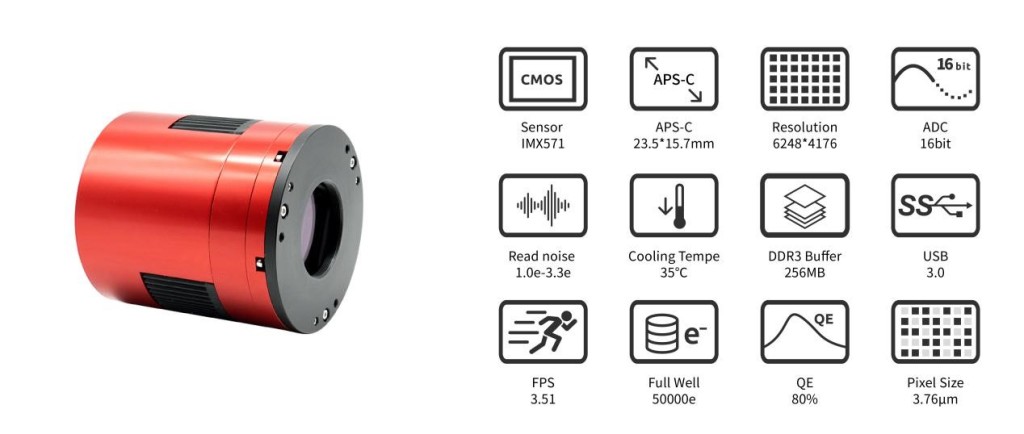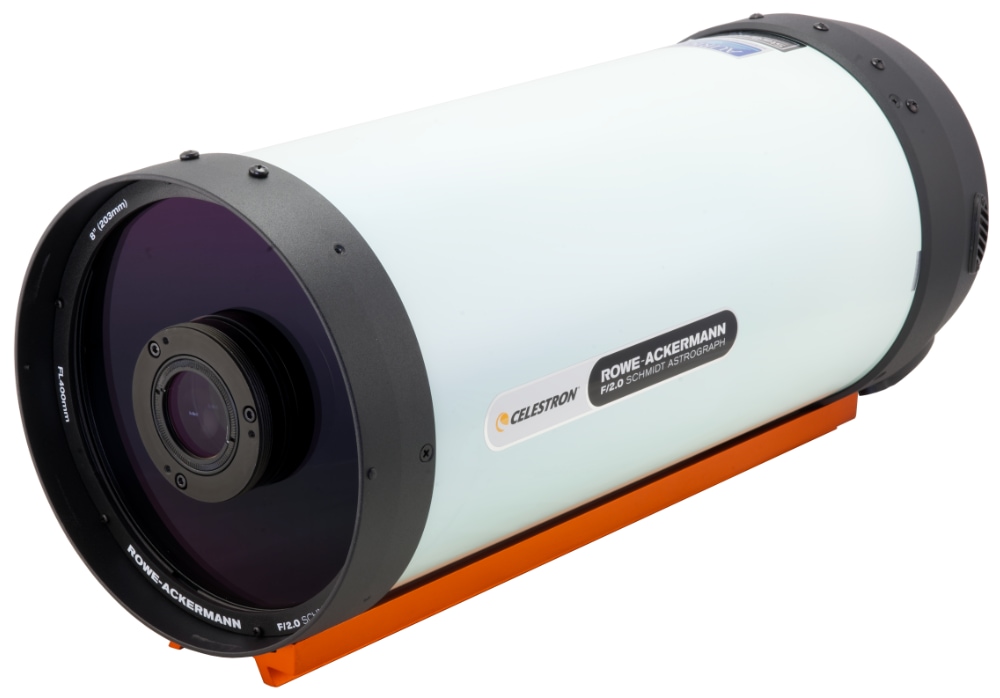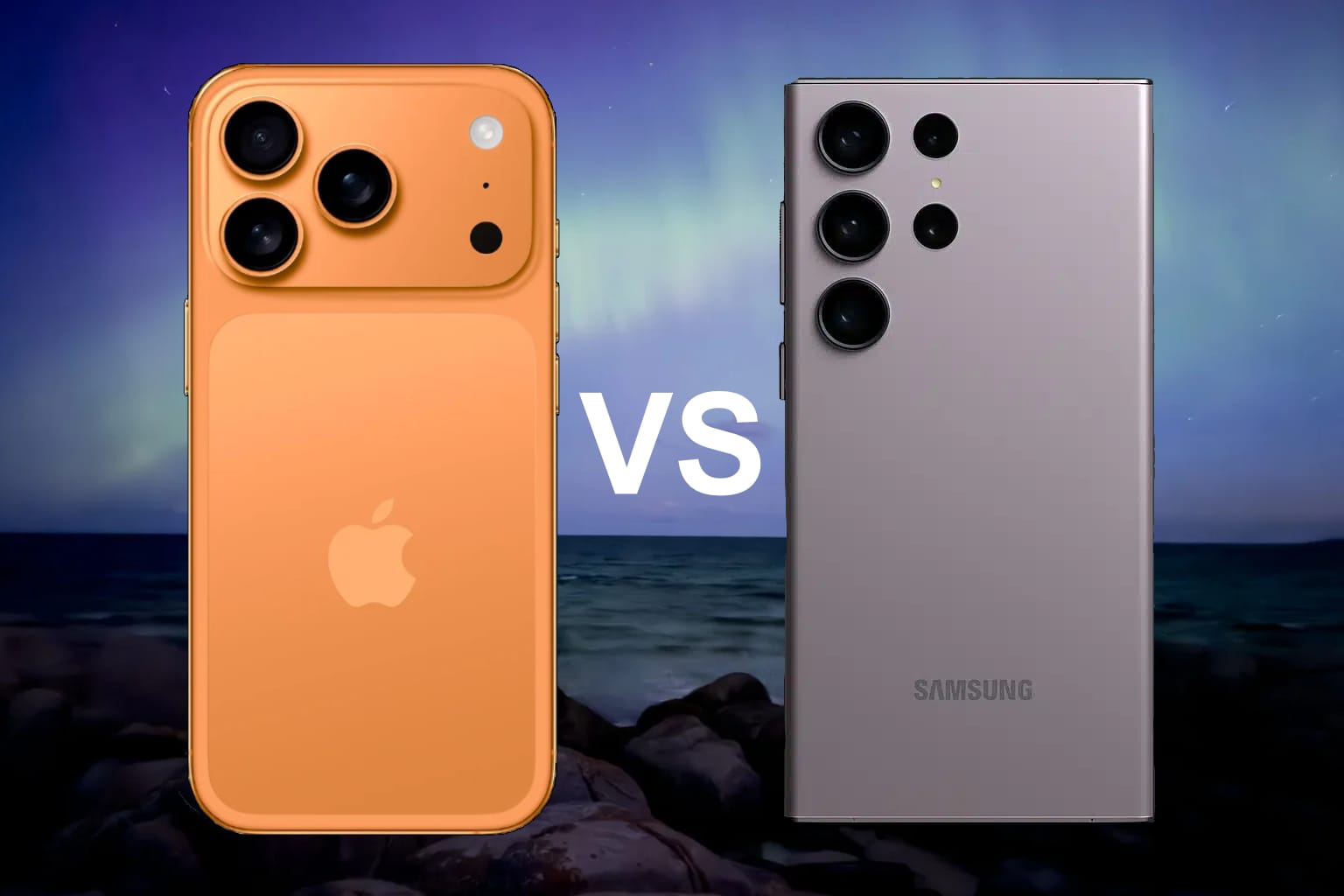Introduction
The Celestron RASA 8 is a compact, high-speed astrograph ideal for astrophotographers focused on deep-sky imaging. With a wide 3.2° field of view and an exceptionally fast f/2.0 focal ratio, it captures more light in less time, making it well-suited for large nebulae and star fields. The RASA series includes three sizes (8″, 11″, and 36cm), with the 8″ model standing out for its portability and affordability, perfect for portability and casual astrophotographers who need a lightweight yet powerful system.
Overview
- High-Speed Astrograph: Ideal for deep-sky imaging with an ultra-fast f/2.0 focal ratio and 203mm aperture.
- Portable and Lightweight: Compact design weighing 7.7 kg, perfect for field use and travel.
- Wide Field of View: 400mm focal length, great for capturing large nebulae and star fields.
- Optimal Camera Pairing: Recommended with color CMOS cameras like the ZWO ASI2600MC Pro for streamlined imaging.
- Impressive Light Gathering: Captures detailed images in shorter exposure times.
Build Quality and Design
The RASA 8 makes for an excellent portable setup, weighing 7.7kg and measuring 26cm in length it’s perfect to pack in the back of a car and travel somewhere dark. The telescope features an aluminium tube and a front-mounted camera setup that ensures stability. Its optical system includes a four-element lens group with enhanced XLT multi-coatings, giving you a flat focal plane and excellent colour correction. It’s equipped with an “Ultra-Stable Focus System”, which is necessary when imaging at f/2.0, and a built-in fan to maintain optimal optical performance during long sessions (a feature often seen on much more expensive systems).

Performance in the Field
The 8″ RASA performs exceptionally well for wide-field imaging of deep-sky objects, thanks to its rapid light-gathering power. With a 400mm focal length it offers a 22mm image circle, ideal for capturing large deep sky objects. During tests, the telescope produced sharp stars across the field. However, accurate collimation is necessary (especially after travelling) for optimal results, given the shallow depth of field at f/2.0. For astrophotographers working in varied light conditions, the RASA 8’s performance remained consistent across the all filters used.

Choosing the Right Camera
The ZWO ASI2600MC Pro would be my recommendation for pairing with the RASA 8. Its APS-C sized sensor and integrated cooling complements the telescope’s light-gathering capability, minimizing image noise and enhancing quality during longer exposures. The RASA’s design favours colour CMOS cameras, as a monochrome camera with a filter wheel would block some of the incoming light and colour CMOS continue to improve in sensitivity. You could use a mono camera with a filter fitted to the nosepiece of the camera, however, a colour camera with dual-band nebula filters would perform well for most targets. The telescope’s back focus of 25mm ensures compatibility with a range of imaging sensors, allowing flexibility in camera choice, though one-shot colour cameras like the ASI2600MC Pro are still my ideal recommendation for streamlined deep-sky imaging.
Final Thoughts
The Celestron RASA 8 is a remarkable telescope for astrophotographers focused on high-speed, wide-field imaging. Its compact build, fast focal ratio, and excellent optical design make it an incredibly versatile telescope. While the RASA 11 or 36cm models provide a significant upgrade in light gathering power, the RASA 8’s balance of affordability and portability provides a unique advantage. Astrophotographers looking for an efficient, user-friendly imaging solution will find the RASA 8’s strengths far outweigh its limitations, making it an awesome telescope for near-wide-field imaging.





